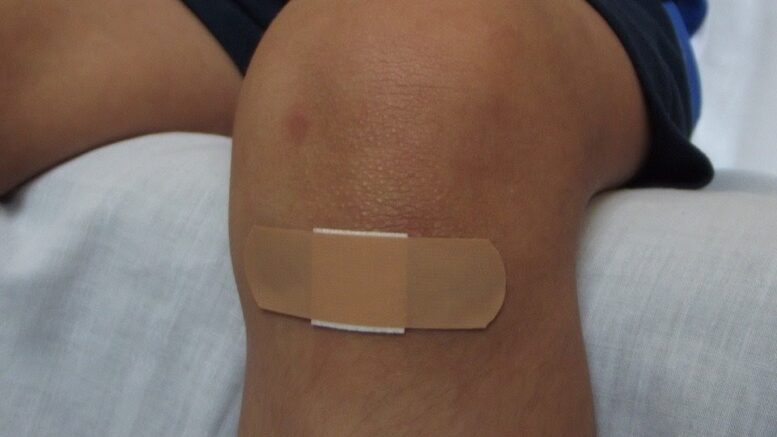Endoform is a treatment option for all manner of wounds whether large or smaller especially if they are open and infected or even of the necrotizing variety. Ulcers, surgical wounds and even trauma wounds are covered and partially treated by the application of endoform. In the case of children, there is a great deal of sensitivity associated with wounds of any level and there may be a lower pain threshold as well making the careful and accurate application of endoform more important.
Prevent A Biofilm From Being Created
When a wound heals it forms a protective crust around it and there is generally a high risk of infection unless the wound is covered and treated properly. When using endoform or a similar product the healthcare professional or caregiver has to pay attention to the formation of a biofilm that could impair healing.
It is vital to remember that wound treatment options like endoform can darken in appearance over time or when they come in close contact with blood, pus or other bodily fluids. Research has not indicated whether it is safe to repeatedly use endoform for an indefinite period of time in a pediatric context but it is very safe over the short to medium term. Double check expiry before application and know that endoform acts against microbial activity and formation, drastically reducing the chances of a serious infection.
How To Apply For Best Results
The following is the standard technique for applying endoform to yield the best results:-
- Clean and wash the wound thoroughly with a saline solution or other prescribed antiseptic wash. The wound must be thoroughly irrigated which is usually repeatedly dousing the wound in saline. If there is debris like dust particles or other foreign materials stuck or embedded inside the wound, they must be carefully removed with surgical tools and by debriding.
- Select a size or cut into size a sheet of endoform that covers the wound completely and is preferably quite a bit larger than it. Adjust the size depending on the location of the wound such as the abdomen, leg or arm to ensure optimal coverage as well as ease of movement. Pediatric patients are different from adult ones as they want to engage in physical activity and may exercise less care in their after-wound treatment process.
- A secondary dressing is then used to ensure that the endoform plaster does not move around or come loose when the child moves or runs. The choice of secondary dressing will depend again on the location of the wound as it will need to stay put during dressings and go through some wear and tear.
- The time period between dressings will be determined by your doctor, but most endoform strips and plasters provide a bacteria-killing, antimicrobial function for up to 7 days. For serious wounds, dressings should be cleaned out and redressed a minimum of every 2 days as the chances of infection are greater. The body’s own immune response which can be impaired post-illness or trauma, also factors into how long a wound will take to heal.
